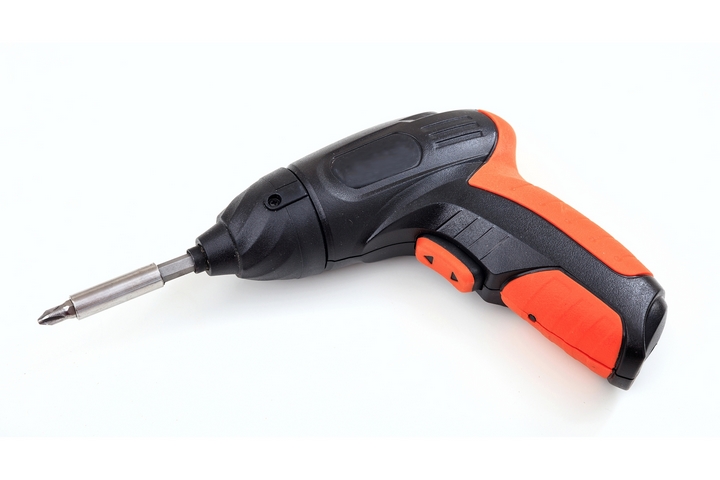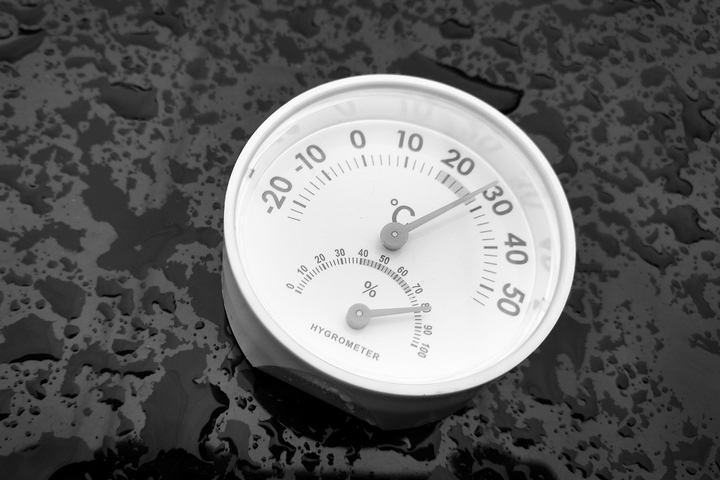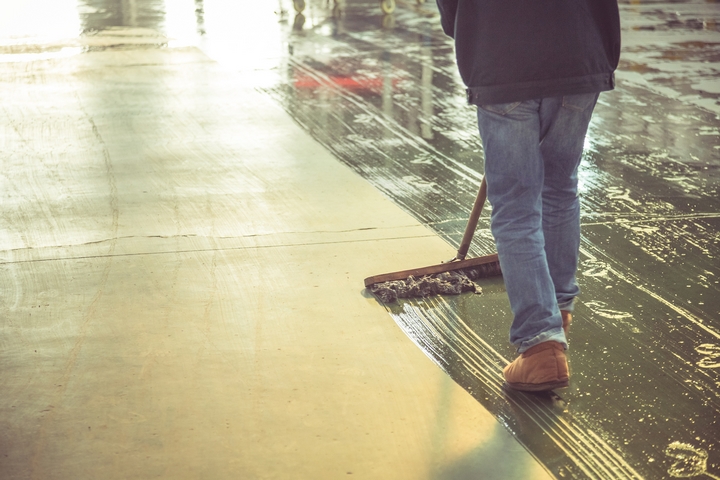
Steel buildings can add immense value to any commercial space. Whether used for the storage of tools or as additional office space for growing teams, steel buildings are now helping companies make full use of their available space.
In order to maximize the value of their steel buildings in the long-term, firms must commit to the maintenance process. And within this latest post, we’ll present five tips for maintaining steel buildings.
1. Tackle Minor Repairs as Soon as Possible

Few problems can be more damaging to the long-term structural performance of steel buildings than when minor repair issues aren’t handled immediately. Oftentimes companies wait for room in the budget to deal with small holes and scratches within the building surface.
Over time, these small problems can grow to become larger maintenance issues. And so by simply filling holes immediately when they’re noticed, or painting over scratched surfaces, building owners can reduce their maintenance costs considerably over the long-term.
2. Add Insulation to Reduce Condensation

The damage that condensation can inflict on steel buildings is significant and so if the condensation isn’t blocked and is allowed to impact the property, the company can face significant repair costs. Insulation is the ideal solution to this common challenge.
Using insulation effectively within steel buildings can help to ensure that an even temperature is maintained throughout the property. It can also help to reduce the level of condensation and mitigate moisture build-up around window areas.
3. Build a Moisture-Management Strategy

Most building owners know that a large amount of moisture within their steel building will cause rust, material degradation and a number of other problems over time. And so it’s imperative that owners integrate a moisture-management strategy within their maintenance processes. As part of this management strategy, the flow of water around the property should be considered. Downspouts and guttering can add significant value to metal buildings.
While grading work can help to eliminate problems associated with standing water in the area. It’s also important to minimize the piling up of snow on metal elements and so building owners should select A-frame roofs if they expect significant snowfall, and should work to remove built-up snow around metal side panels.
4. Use Routine Maintenance Checks

It’s important that routine maintenance checks are completed throughout the year. The organization must allocate significant resources to the maintenance process and to the assessment of the building’s performance over a set period of time. This is particularly important during periods of inclement weather.
It’s critical that a specialist analyzes the steel building for any cracks that might have appeared as a result of strong winds. And panels should be checked for optimal placement within the structure. Any damage or changes to the panels should be immediately noted and rectified in order to reduce the chances of maintenance problems in the coming years.
5. Complete a Comprehensive Cleaning Process

Keeping the building clean will be an essential part of the maintenance process when ensuring steel buildings retain the optimal condition. Cleaning the metal structure regularly will help to prevent the appearance of fungi and mildew, which can lead to structural degradation over time. Companies should assign specialist cleaners to the process so that any problems with dirt and other elements can be quickly resolved.
The optimal structural performance of steel buildings can bring long-term value to the organization and its team. By following the optimal maintenance processes and schedules, teams can save their organization thousands on repair costs in the coming years. It’s a subject that all building owners should consider for the future. To learn more, contact your local experts today.


